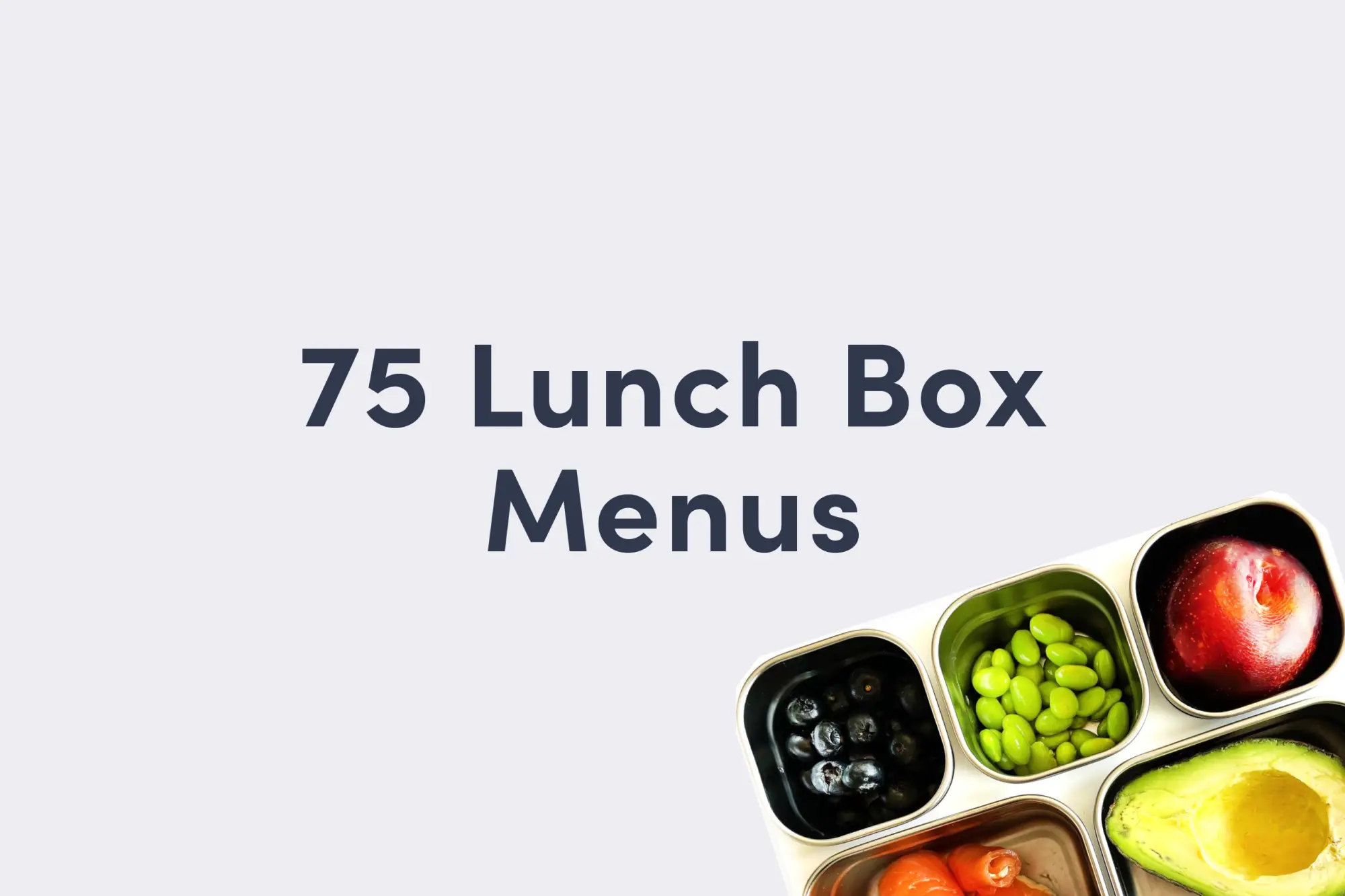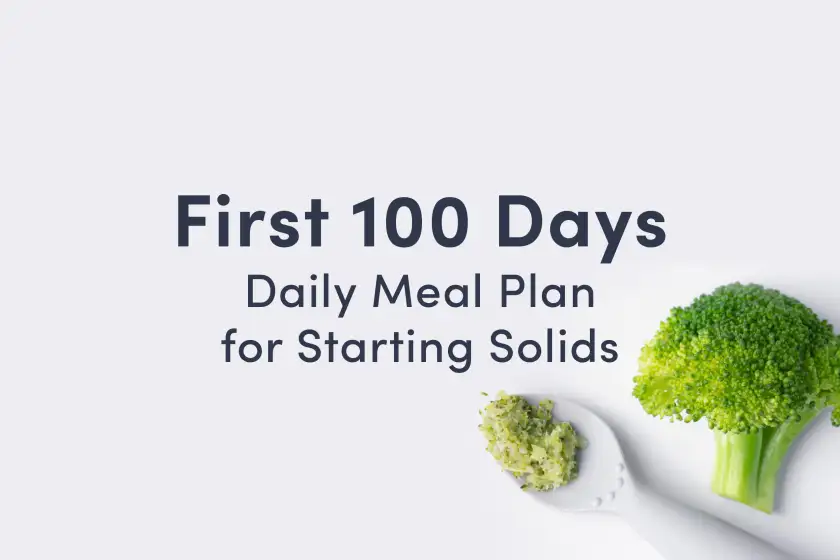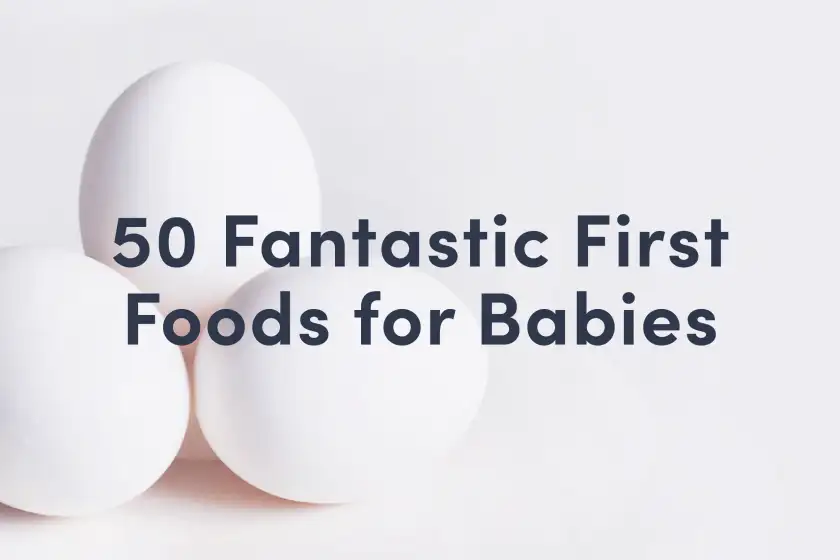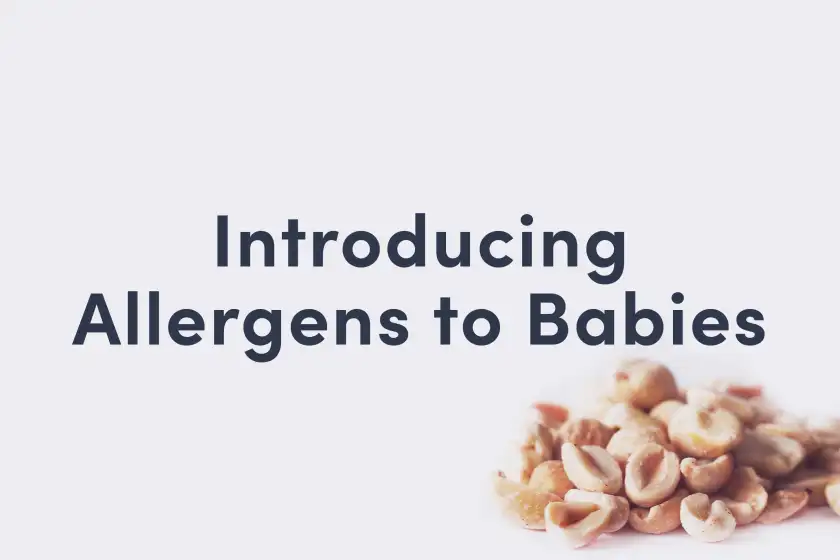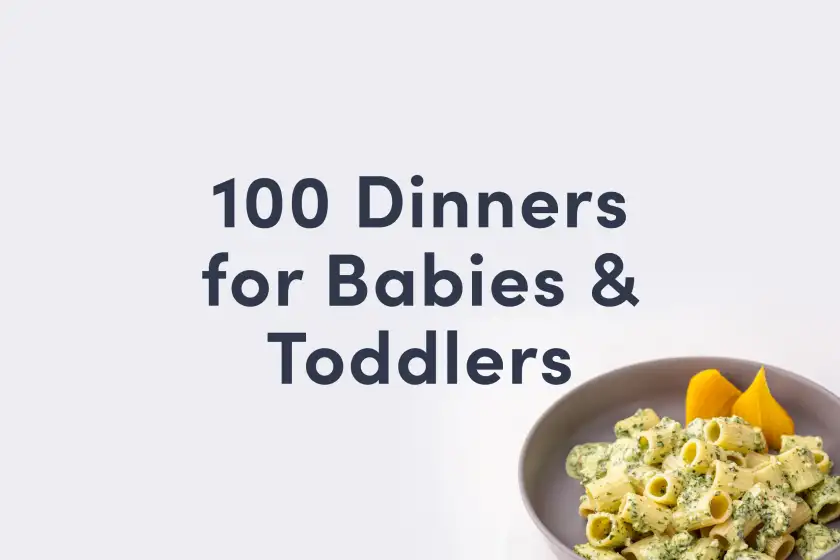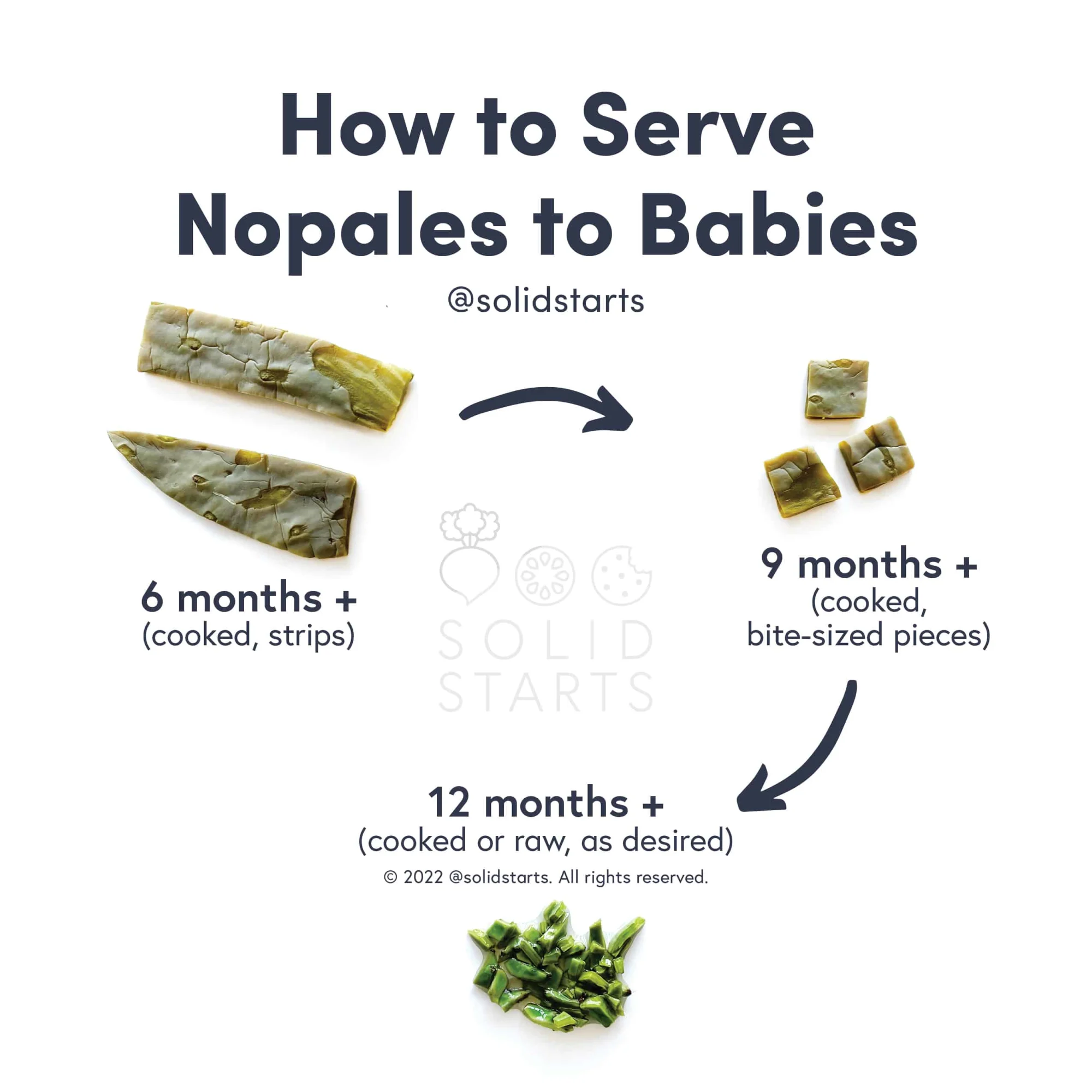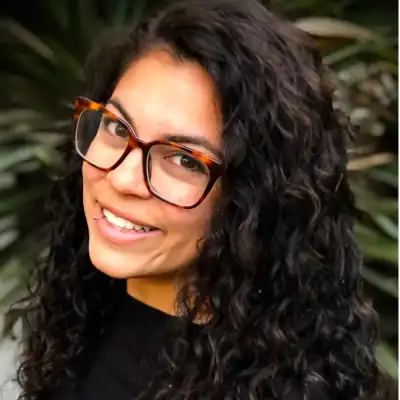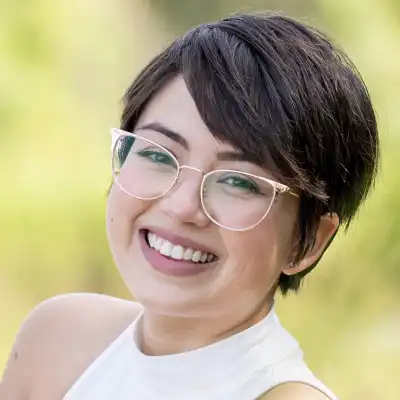Nopales (Prickly Pear Cactus)
Vegetable
Age Suggestion
6 months
Iron-Rich
No
Common Allergen
No
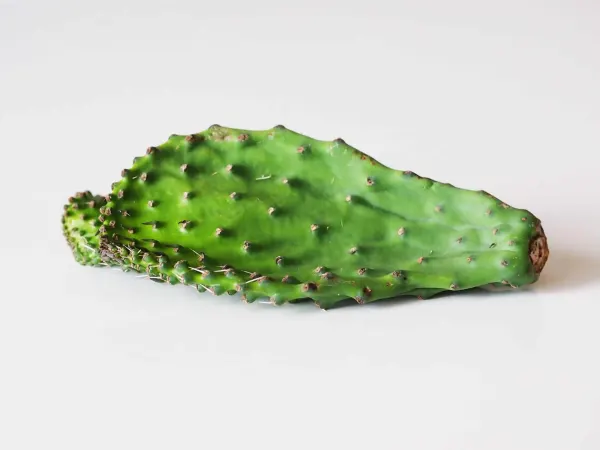
When can babies have nopales?
Nopales or nopalitos (the cactus pads of the prickly pear cactus) may be introduced as soon as baby is ready to start solids, which is generally around 6 months of age. Looking for the cactus fruit or tuna? See prickly pear.
The prickly pear or nopal cactus is native to Central America but now grows in many places with hot, dry summers. A vital part of Aztec culture, nopales (which is called nopalli in Nahuatl) has been used in both cooking and medicine. The youngest, tenderest pads of the cactus are delicious in salads and salsas. Nopales are also traditionally diced and pickled (nopales en escabeche), served whole as a base for cooked filling (huarache de nopal), and cook up wonderfully whole on the grill.
Origin of nopales
The prickly pear or nopal cactus is native to Central America but now grows in many places with hot, dry summers. A vital part of Aztec culture, nopales (or nopalli in Nahuatl) have been used in both cooking and medicine. In modern Mexican cuisine, nopales are a staple, and once you get past their prickly exterior, are amazingly versatile. The youngest, tenderest pads of the cactus are delicious in salads and salsas. Nopales are also traditionally diced and pickled (nopales en escabeche), served whole as a base for cooked filling (huarache de nopal), and even cook up wonderfully whole on the grill.
★Tip: When shopping for nopales, look for those that feel firm in the hand, that are free of bruises, and still have a bright green color. If the spines of the cactus pad have not yet been removed, see if the grocer will do it for you. If not, you can remove them with a knife and thick gloves at home—just watch out not only for the bigger spikes, but also for the fine, hair-like spines on each pad.
Are nopales healthy for babies?
Yes, if cooked; however when introducing nopales, start with smaller quantities as some may experience side effects like headache, nausea, and loose stools.
With the exception of its spines, all parts of the prickly pear cactus are edible if prepared in an age-appropriate way—from its green pads to its bright flowers of pink, yellow, or orange, to its clusters of jewel-like red fruits (which are also called prickly pears or tunas). Nopales are a source of pectin, a type of fiber known for its gelling effect when making jam. Fiber is important for digestion and microbiome health in growing babies. Vitamin B6, supportive of neurological development, is also present in nopales. Nopales are a rich source of plant phytochemicals including polyphenols, as well as other powerful antioxidants, offering a number of benefits such as supporting heart health and immune function.
★Tip: Nopales can become slimy once they’re cut into. This slime, or “baba” in Spanish, is thought to be part of how the cactus retains moisture in its desert habitat. There are methods of preparation that can reduce the slime, such as tossing the prepared raw nopalitos with a little salt and baking for about 20 minutes or grilling them in strips or whole.
Are nopales a common allergen?
No. Allergies to prickly pear cactus are rare. Contact dermatitis from the spines or tufts of the nopales is common if they are not fully removed before handling. Look for a spineless variety or carefully examine nopales to be sure all spines are removed before offering nopales to babies—or anyone!
As you would when introducing any new food, start by offering a small quantity for the first few servings. If there is no adverse reaction, gradually increase the quantity over future meals.
Are nopales a choking hazard for babies?
Yes, if served raw as they are difficult to chew. To reduce the risk, prepare and serve nopales in an age-appropriate way. As always, make sure you create a safe eating environment and stay within an arm’s reach of baby during meals.
For more information on choking, visit our sections on gagging and choking and familiarize yourself with the list of common choking hazards.
How do you serve nopales to babies?
Every baby develops on their own timeline, and the suggestions on how to cut or prepare particular foods are generalizations for a broad audience.
6 months old +:
Cook de-spined nopales until soft and cut into strips about the size of two adult fingers held together. Offering the strips vertically in the air will help baby grab them and self-feed. Alternatively, you can offer the whole pad for baby to munch on or chop cooked nopales and fold into omelets or other dishes as you like.
9 months old +:
Around 9 months of age, baby develops their pincer grasp, where the thumb and forefinger meet. When that happens, you can start to offer bite-sized pieces of cooked and chopped nopales (in addition to strips for biting practice) or in lieu of strips altogether. One popular combination is scrambled eggs and chopped nopales.
18 months old +:
Continue to offer bite-size pieces of cooked nopales, either as a finger food or with a fork or utensil. If you’d like to introduce raw nopales, this is also a good time to do so and will give toddlers the opportunity to practice chewing more resistive foods. At this age you can also go back up in size to nopales strips or whole pads (such as huaraches or grilled) for biting and tearing practice.
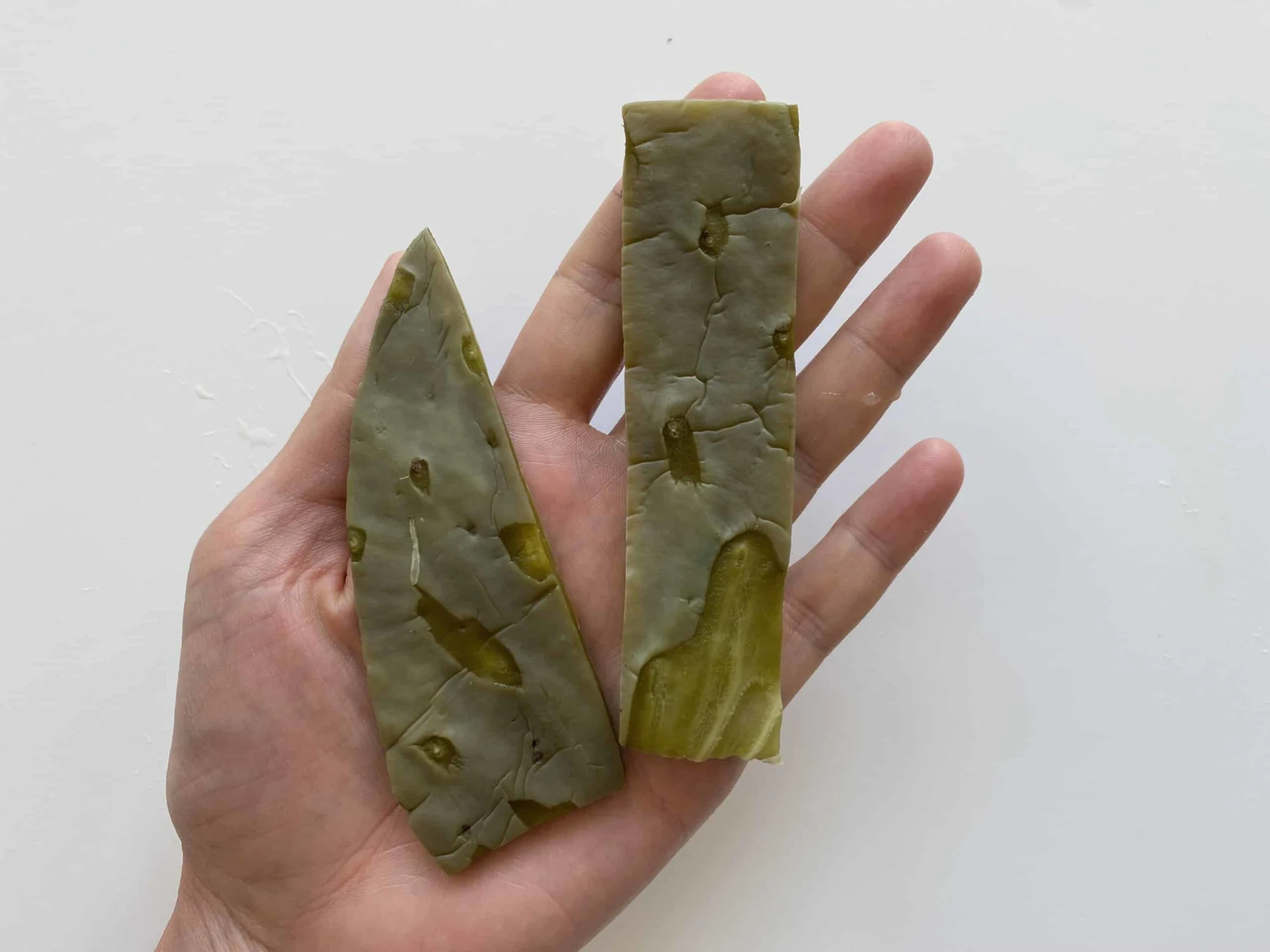
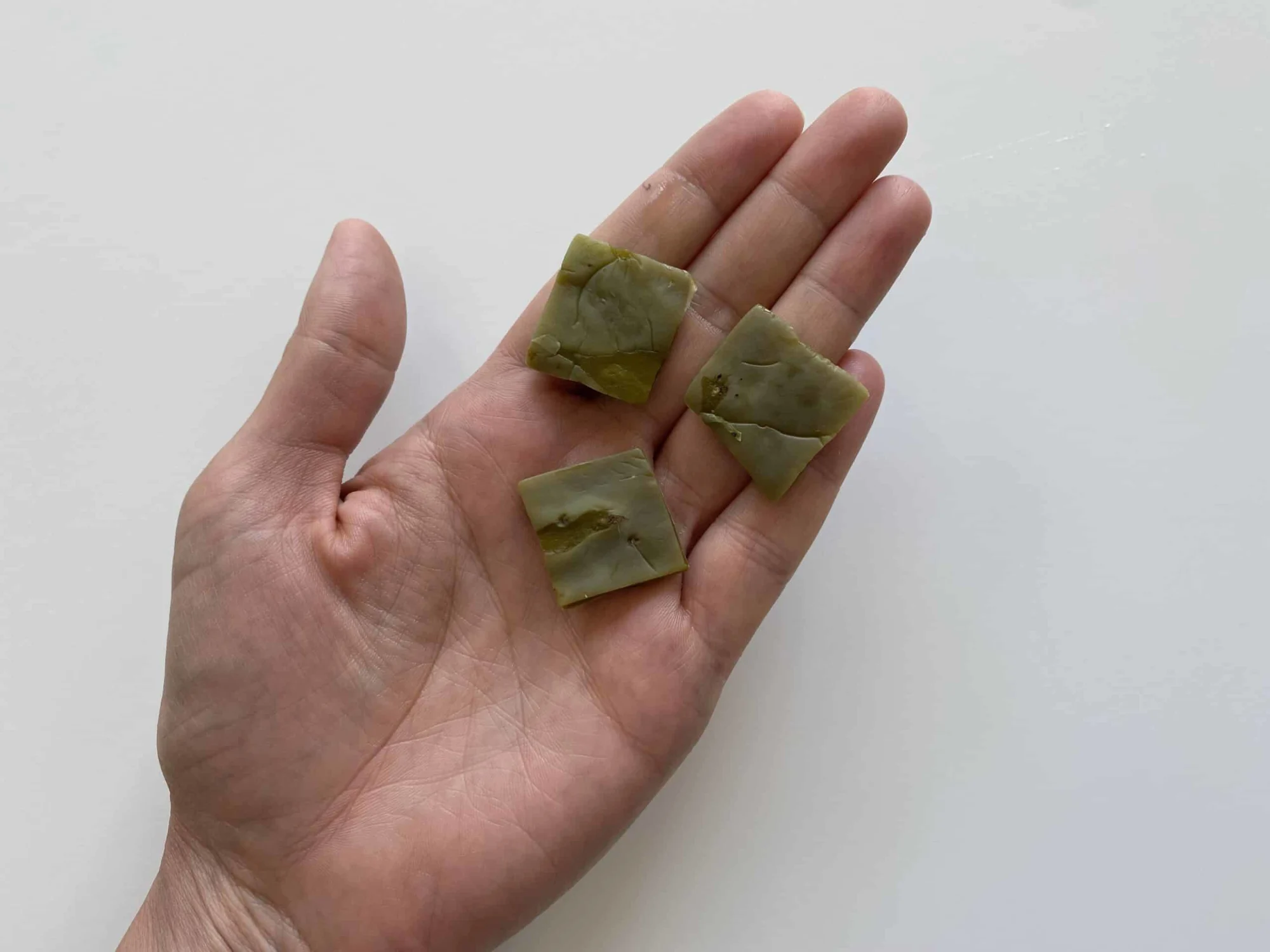
Need some meal-planning inspiration? Check out our breakfast, lunch, and dinner guides.
Written by
Expert Tips Delivered to Your Inbox
Sign up for weekly tips, recipes and more!
The content offered on SolidStarts.com is for informational purposes only. Solidstarts is not engaged in rendering professional advice, whether medical or otherwise, to individual users or their children or families. No content on this site, regardless of date, should ever be used as a substitute for direct medical advice from your doctor or your medical or health professional, nutritionist, or expert in pediatric feeding and eating. By accessing the content on SolidStarts.com, you acknowledge and agree that you are accepting the responsibility for your child’s health and well-being. In return for providing you with an array of content “baby-led weaning” information, you waive any claims that you or your child may have as a result of utilizing the content on SolidStarts.com.

